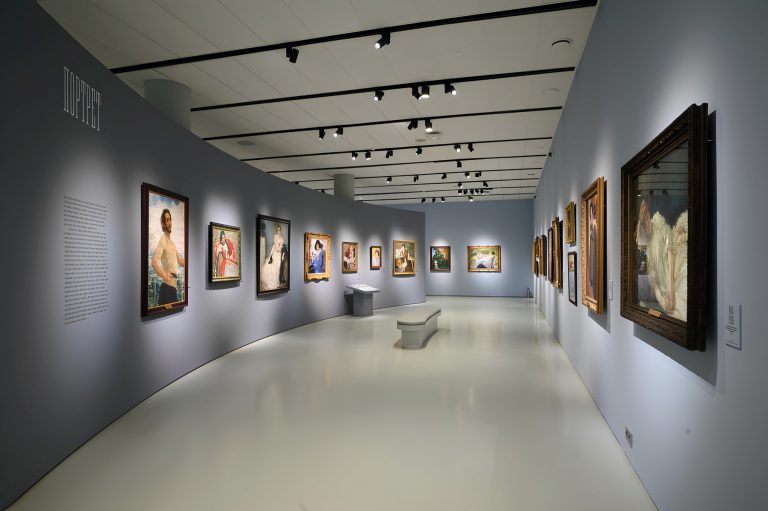Surrealism, an artistic movement active from the 1920s to 1960s, is à la mode once again. Importantly, previously overshadowed by male artists, women have now taken center stage. The renewed interest has unveiled plenty of great masters.
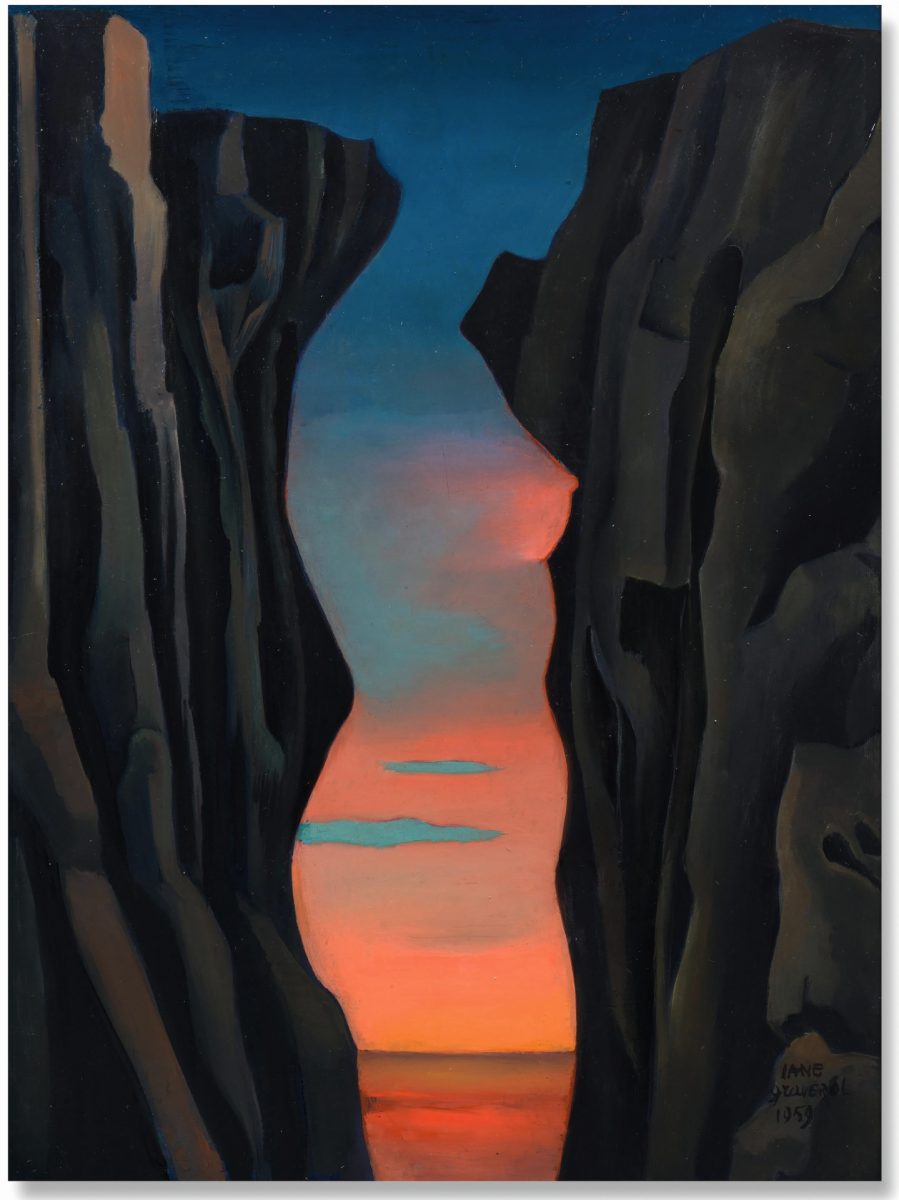
The most renowned surrealist artist, who also represented the related “magic realism” movement, is Mexican painter Frida Kahlo. She owes fame not only to her distinctive artwork, but also to her marriage to Diego Ribera and her affairs and friendships with other bohemians of the time. Finally, her image has been romanticized in films and literature. However, there were other vivid and talented women in surrealism in the 20th century.
Let us recall some of them—it is especially important now, during the centennial of surrealism, which is being marked by numerous events. For instance, the BRAFA Art Fair has selected it as the main theme for 2024. On February 21, the Royal Museums of Fine Arts of Belgium opens a large-scale surrealism exhibition Imagine!, which will later travel to the Hamburger Kunsthalle, the MAPFRE Foundation in Madrid, and the Philadelphia Museum of Art. More exhibitions and conferences commemorating this milestone will be held worldwide, from Tartu to Pittsburgh.
Remedios Varo (1908–1963)
Born in Spain, she moved to Mexico in 1942 where she created her most vibrant works (apparently influenced by the local aura). Prior to that, she lived in Paris, became friends with André Breton and other surrealists, and participated in their exhibitions. However, during her time in France, she created little as female artists were looked down upon, which stifled her creativity. Her surrealist works are peculiar and enchanting (she was part of the Gurdjieff circle), and they exhibit her admiration for old masters, from Bosch to Goya. The auction market highly values her work: she is almost on par with Frida in terms of prices.
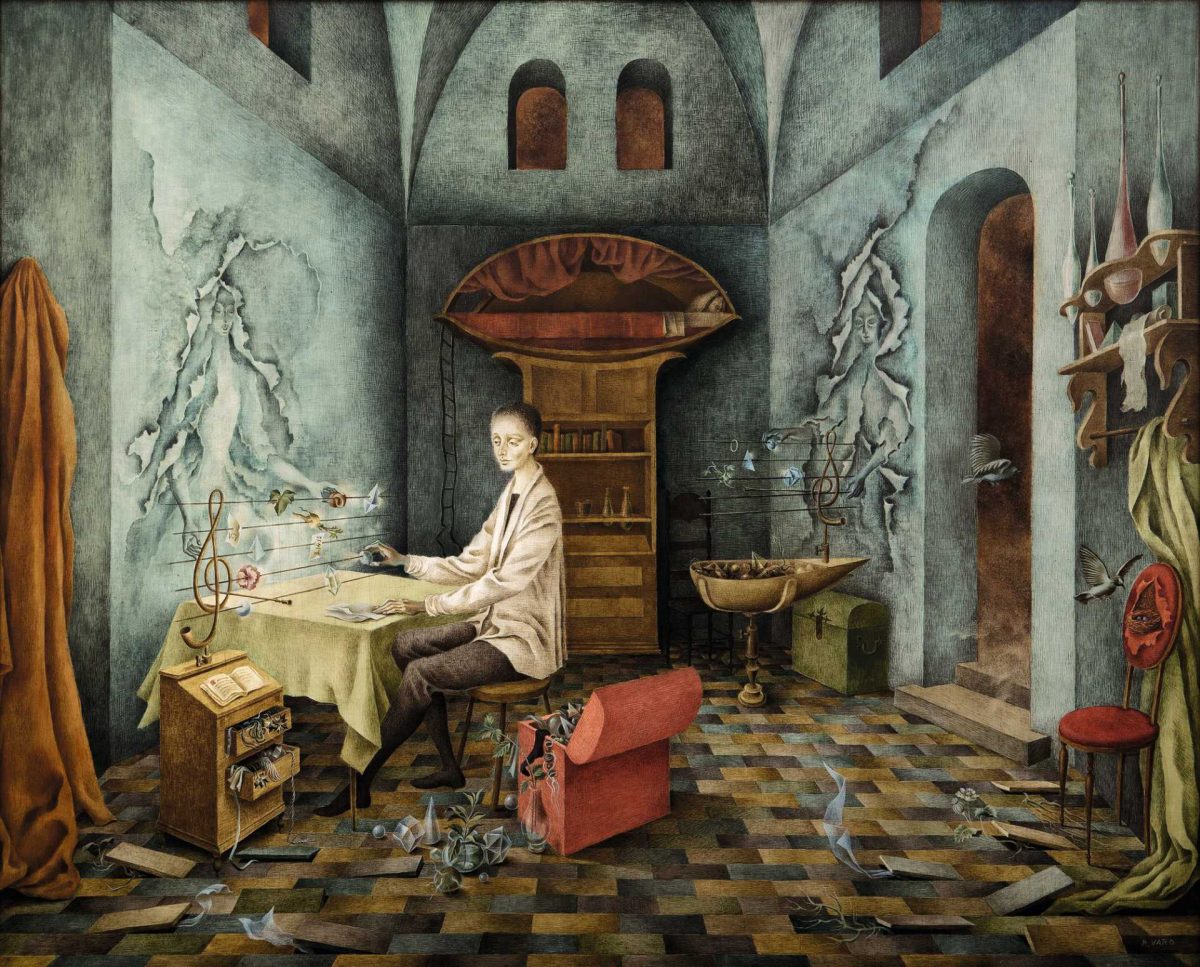
Leonora Carrington (1917–2011)
British-born, she also resided in Paris during the peak of surrealism and was even Max Ernst’s partner (which has been long considered the main fact of her biography). In 1942, she too fled to Mexico, it turned out—for life. In her new homeland, herself, Remedios Varo, and photographer Kati Horna were dubbed “the three witches” due to their fascination with the supernatural, including local shamanic practices. Throughout her long life, Leonora Carrington was not only a painter but also an active political activist and advocate for women’s rights and she wrote some very peculiar yet intriguing books. Her legacy is celebrated today. The 2022 Venice Biennale, for one, picked “Milk of Dreams” as its theme in honor of Carrington’s work.
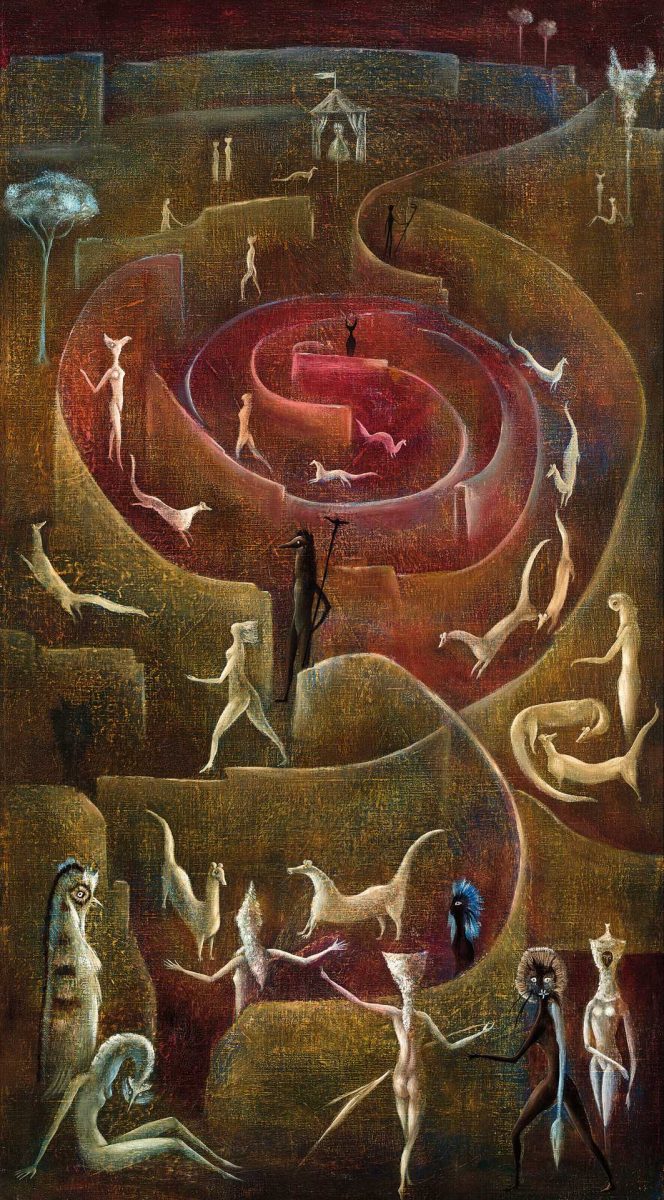
Dora Maar (1907—1997)
For many years, she was primarily remembered as the model for Picasso’s Portrait of Dora Maar, especially horrifying when you know that the painting depicts his lover. Recently, Dora Maar’s legacy has been reevaluated, thanks in part to numerous exhibitions dedicated to her. Parisian-born, she was a Croatian who was raised in Buenos Aires. Her early work was surrealist photography, which she abandoned due to Picasso’s oppressive influence. After parting ways with him, she shifted her focus to abstract painting.

Méret Oppenheim (1913–1985)
In 1932, an eighteen-year-old German beauty found herself in Paris, immediately immersing herself in the bohemian lifestyle and the surrealist movement. While she was often the subject of photographs, she favored sculpture as her genre of choice, however, quite peculiar—remember Luncheon In Fur and Table with Bird’s Feet. During World War II her fate was rather fortunate. In the years that followed, she continued to create objects that are to this day astounding due to their imaginative design.
Lee Miller (1907–1977)
An American model who moved to Paris, she was an assistant to the renowned photographer Man Ray, as well as a member of the Surrealist movement. (Interestingly, some of Man Ray’s photographs were actually her work). In World War II, she was a war photojournalist. Her images from this period are starkly realistic, rather than surrealistic, which makes them all the more horrific. What she witnessed in Dachau she could never forget. A movie about this period of her life, titled Lee, was released in 2023 starring Kate Winslet in the lead role.
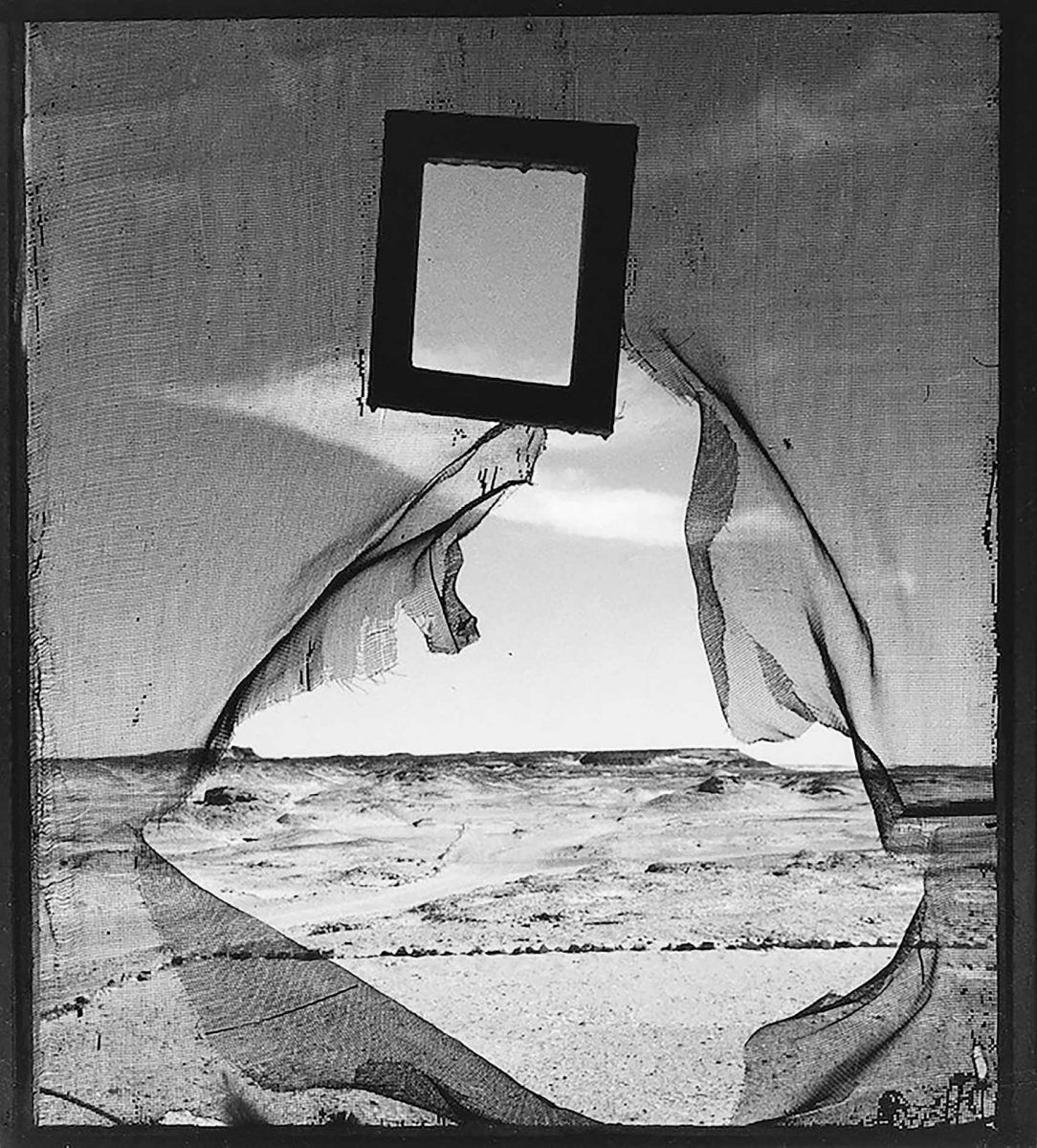
Photo: bonhams.com, arthive.com, cameralabs.org, arthive.com, pinterest.com


